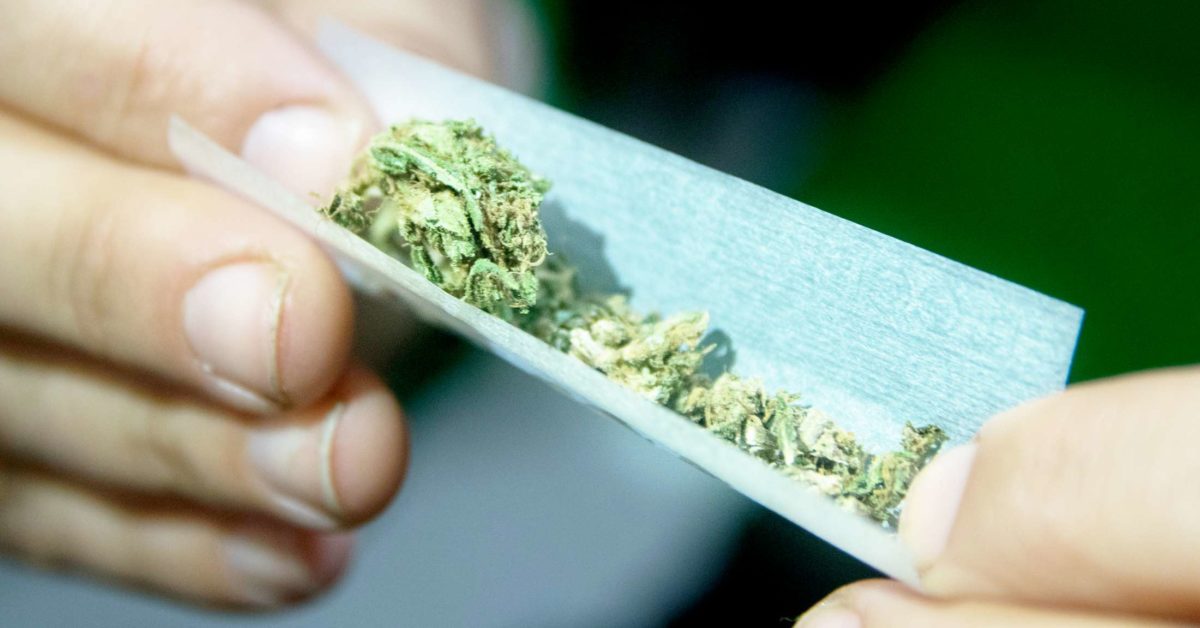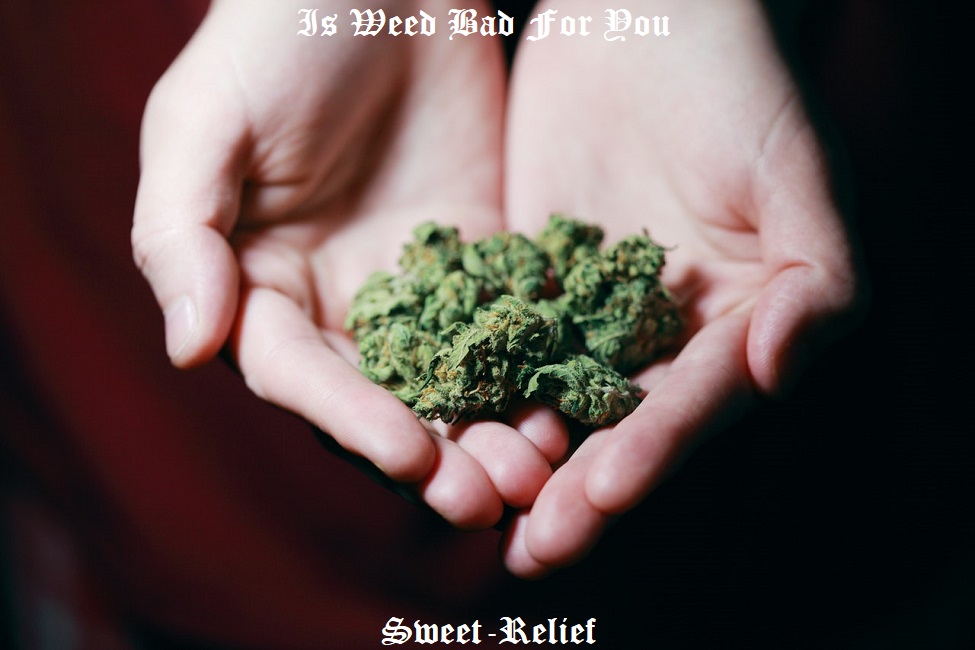The flower of the cannabis plant is used for its recreational or medicinal purposes. The stalk or stem of the cannabis plant is used for industrial purposes (e.g., hemp fiber). The seed of the cannabis plant is used for food and household purposes (e.g., hemp seed or hemp oil).
Cannabis is also known as pot, weed, and dozens of other names.
While many people smoke or vape it, you can also use cannabis as an ingredient in food, beverages, tinctures, or topicals.
Different methods of ingesting cannabis may affect your body differently. When you inhale cannabis smoke into your lungs, the compounds immediately enter your bloodstream and quickly make their way to your brain and other organs. The effects may onset within seconds to minutes.
When you eat or drink cannabis-containing products, the compounds need to first pass through your digestive system and liver before reaching your bloodstream. The effects may onset within minutes to hours.
There’s ongoing debate around the effects of cannabis on the body. People report various physical and psychological effects, from harm and discomfort to pain relief and relaxation.
Cannabinoids are the active ingredients of cannabis. They’re found nowhere else in nature.
THC is responsible for the intoxicating effects of cannabis. It also has potential medicinal effects for conditions like:
- pain
- nausea
- reduced appetite
- insomnia
CBD is nonintoxicating. It has potential medicinal effects for conditions like epilepsy and anxiety.
No matter how you use cannabis, it can cause immediate and long-term effects, such as changes in perception and increased heart rate. Over time, smoking cannabis may cause chronic cough and other health issues.
In addition to the immediate effects of cannabis, there may be longer-term effects depending on how you take it, how much you use, and how often you use it.
As access to cannabis increases all over the United States and world, knowing the effects it can have on your body is as important as ever. Read on to see how it affects each system in your body.
Respiratory system
Much like tobacco smoke, cannabis smoke is made up of a variety of toxic chemicals, including ammonia and hydrogen cyanide, which can irritate your bronchial passages and lungs.
If you’re a regular smoker, you’re more likely to wheeze, cough, and produce phlegm. You’re also at an increased risk of bronchitis and lung infections. Cannabis may aggravate existing respiratory illnesses, such as asthma and cystic fibrosis.
Cannabis and COPD: Is there a link?
Cannabis smoke contains carcinogens, which could theoretically increase your risk of lung cancer.
However, according to the National Institute of Drug Abuse (NIDA), there is no conclusive evidence that cannabis smoke causes lung cancer. More research is needed.
Circulatory system
THC moves from your lungs into your bloodstream and throughout your body. Within minutes, your heart rate may increase by 20 to 50 beats per minute. That rapid heart rate can continue for up to 3 hours.
This places extra oxygen demand on your heart. If you have heart disease, this could raise your risk for a heart attack.
One of the telltale signs of recent cannabis use is bloodshot eyes. The eyes look red because cannabis causes blood vessels to expand and fill with more blood.
THC can also lower pressure in the eyes, which can ease symptoms of glaucoma for a few hours. More research is needed to understand whether THC can offer long-term benefits for glaucoma.
What’s the impact of cannabis on health?
Central nervous system

The effects of cannabis extend throughout the central nervous system (CNS). Cannabis is thought to ease pain and inflammation and help control spasms and seizures. Still, there are potential long-term negative effects on the CNS to consider.
THC triggers your brain to release large amounts of dopamine, a naturally occurring “feel good” chemical. It’s what gives you a pleasant high. It may heighten your sensory perception and your perception of time.
This dopamine cycle may also explain why as many as 30 percent of cannabis users develop cannabis use disorder. Severe cannabis use disorder, or addiction, may be relatively uncommon, but it can occur.
Symptoms of cannabis withdrawal may include:
- irritability
- insomnia
- loss of appetite
In the hippocampus, THC changes the way you process information, so your judgment may be impaired. The hippocampus is responsible for memory, so it may also be difficult to form new memories when you’re high.
Changes also take place in the cerebellum and basal ganglia. These brain areas play roles in movement and balance. Cannabis may alter your balance, coordination, and reflex response. All those changes mean that it’s not safe to drive.
Very large doses of cannabis or high concentrations of THC can cause hallucinations or delusions. According to the NIDA, there may be an association between cannabis use and some mental health conditions like depression and anxiety.
You may want to avoid cannabis if you have schizophrenia or a family history of schizophrenia. Cannabis may make symptoms worse or increase the chances of developing the condition in people who have a genetic predisposition.
When you come down from the high, you may feel tired or a bit depressed. In some people, cannabis can cause anxiety.
In people younger than 25 years, whose brains haven’t yet fully developed, long-term cannabis use can have a lasting detrimental impact on thinking and memory processes.
Using cannabis during pregnancy can also affect the developing baby. The child may have trouble with memory, concentration, and problem-solving skills.
As mentioned earlier, federal prohibition has made research into the effects of cannabis largely observational, which can only detect correlation and not causation.
Moreover, these studies were generally looking at unregulated, illegal cannabis, and scientists don’t know whether legal cannabis regulated by states has different effects.
Heart Health
Inhaling marijuana smoke causes your heart rate to speed up, forcing your heart to work harder. These effects—which start within 15 minutes and can last for up to three hours— increase your chance of a heart attack. In fact, research shows your risk of heart attack can increase up to fivefold within the first hour after smoking marijuana.
The chemicals in marijuana are also linked to an increased risk of heart failure and a heart rhythm disorder called atrial fibrillation. Frequent marijuana use among young people is even linked to an increased risk of stroke compared with those who don’t use the drug.
Bone Health

According to a 2017 study, heavy marijuana use on a regular basis may reduce bone density. Specifically, researchers found those who used marijuana heavily (more than 5,000 times during their lifetime) had a 5% lower bone density than those who did not use marijuana at all.
This drop in bone density raises the risk of bone-related health problems, such as osteoporosis, which can increase the risk of bone fractures.
On the flip side, other studies suggest that THC, CBD, and other cannabinoids accelerate bone healing and can make bones stronger after a fracture.
Marijuana Use And Pregnancy
Marijuana use during pregnancy can be harmful to a baby’s health and cause some serious problems. Specifically, babies born to those who use marijuana are more likely to be underweight at birth and be born prematurely. Marijuana use during pregnancy can also increase the risk of stillbirth.
Studies also show that children born to mothers who use marijuana during pregnancy exhibit some problems with neurological development. These can include:
- Hyperactivity
- Impulsivity
- Problems with executive function
- Problems with sustained attention and memory
There are also risks to the pregnant mother. Marijuana use can increase the risk of anemia, confusion, and forgetfulness during pregnancy.
